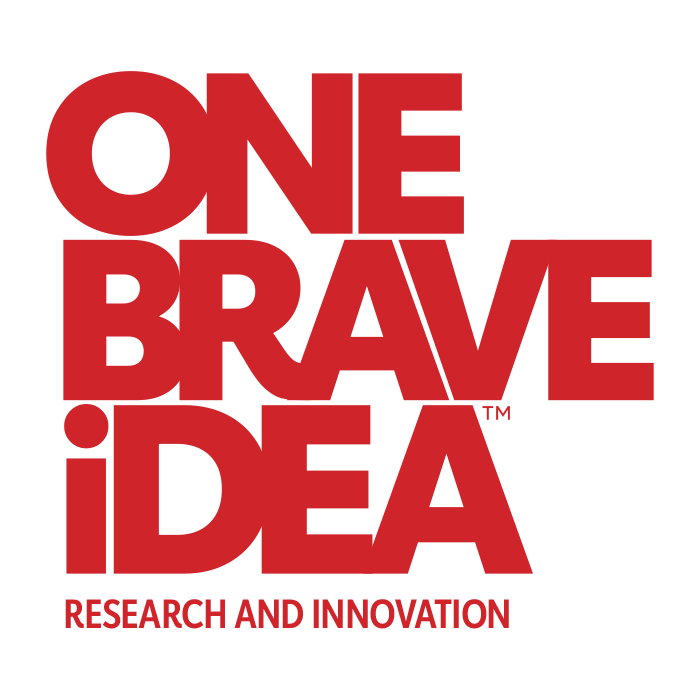Approach Overview
Because we are collecting data on several non-traditional phenotypes as well as comprehensive genomic data, One Brave Idea is developing computational methods to rigorously integrate these different data types and derive biologic insights. Many of our inputs will be complex images, both at the cellular and tissue level, and thus require computer vision algorithms to extract innovative and informative features. Computer vision, and more broadly machine learning, has undergone a revolution in the past decade with the implementation of “deep learning” approaches, which entail the application of multilayer convolutional neural networks to a wide breadth of tasks. Many of the methods we are using have been successful in such areas as self-driving cars, language translation, and facial recognition.
Since our research crosses many boundaries, our data scientists work side-by-side with our clinical and experimental teams, ensuring an iterative refinement of algorithms to model and understand the phenotypic variability in individuals. This approach will enable discovery of new signatures of CHD risk, new drug targets, new biomarkers, and new approaches to prevention and therapy.
